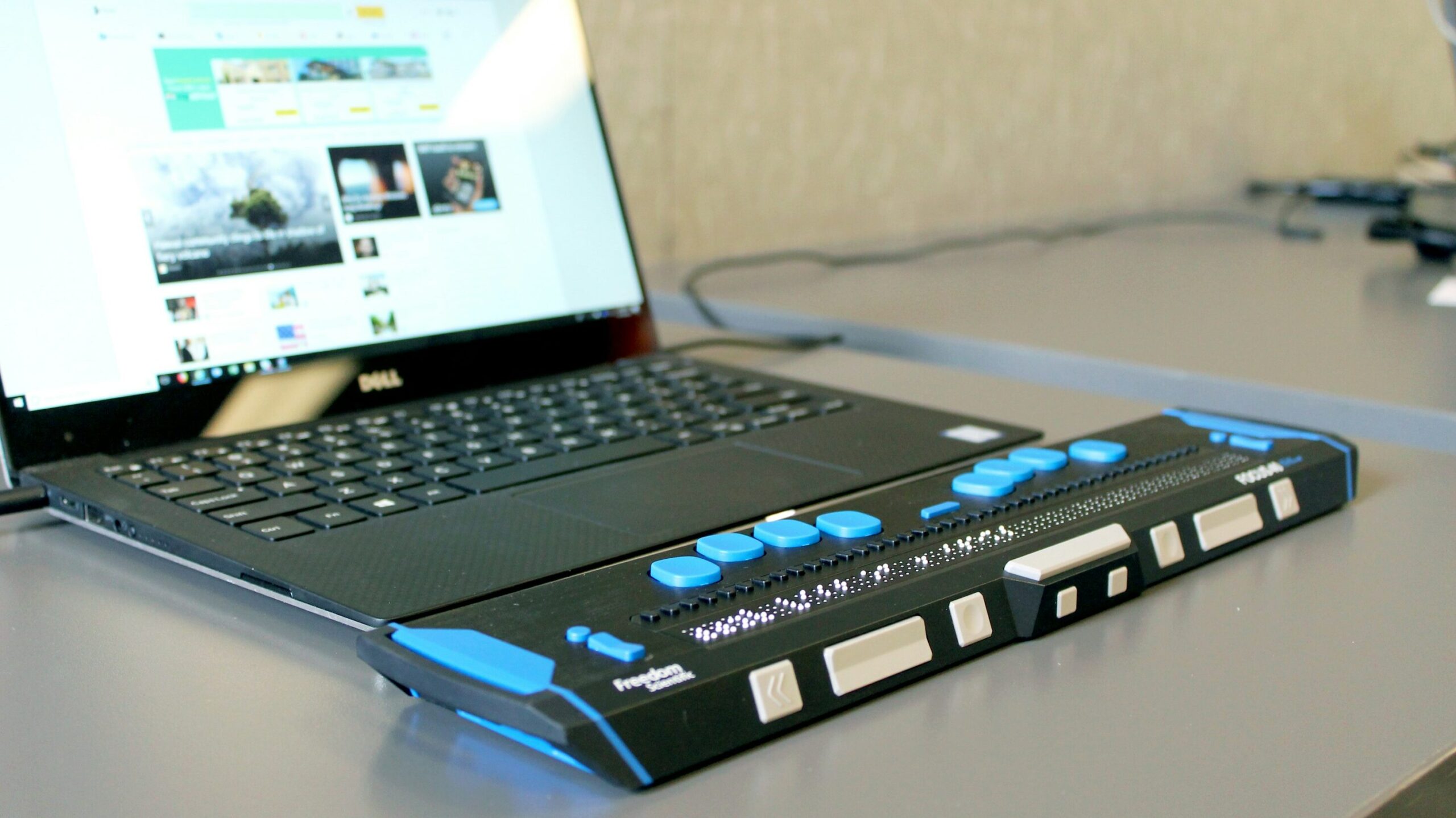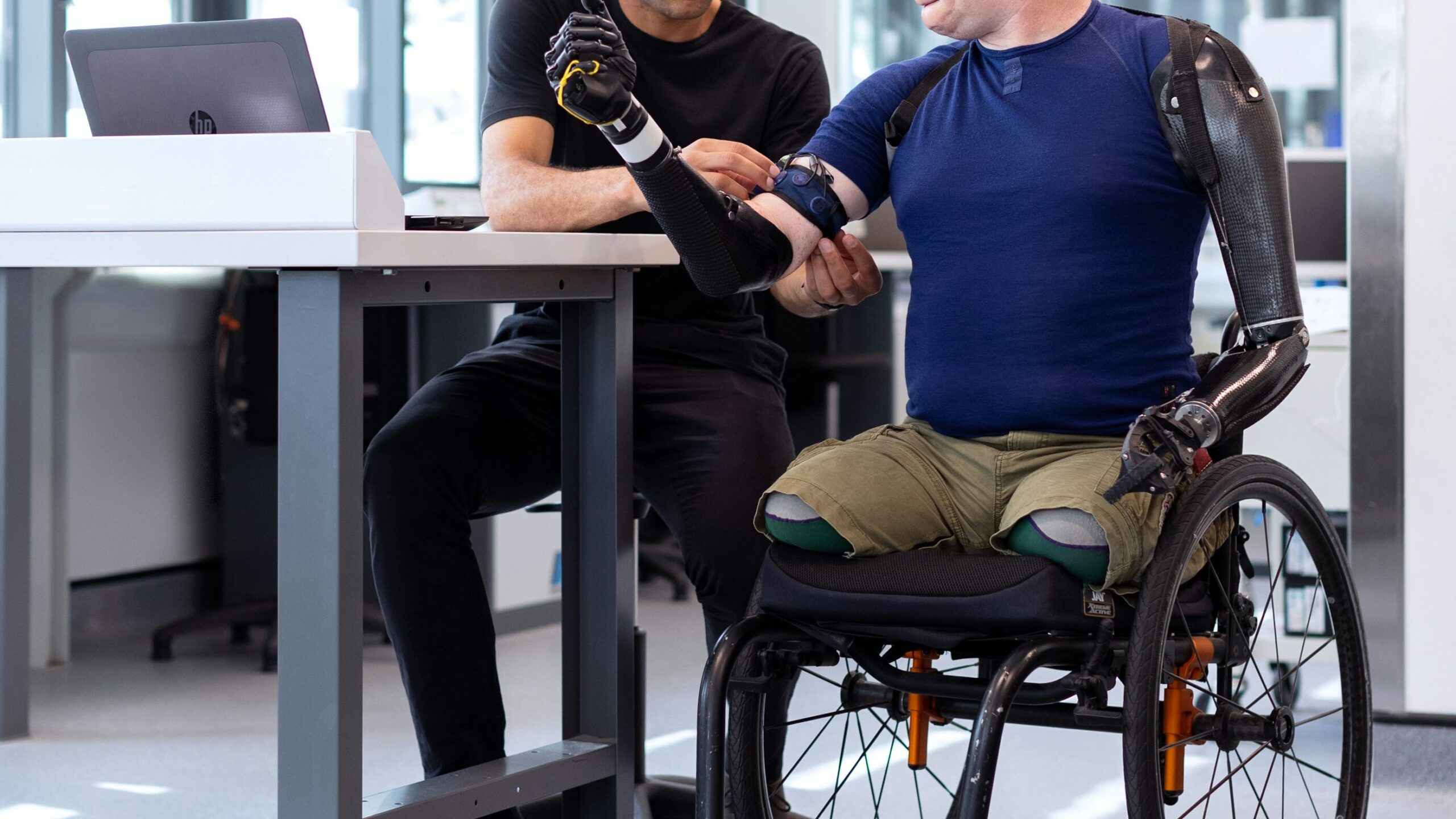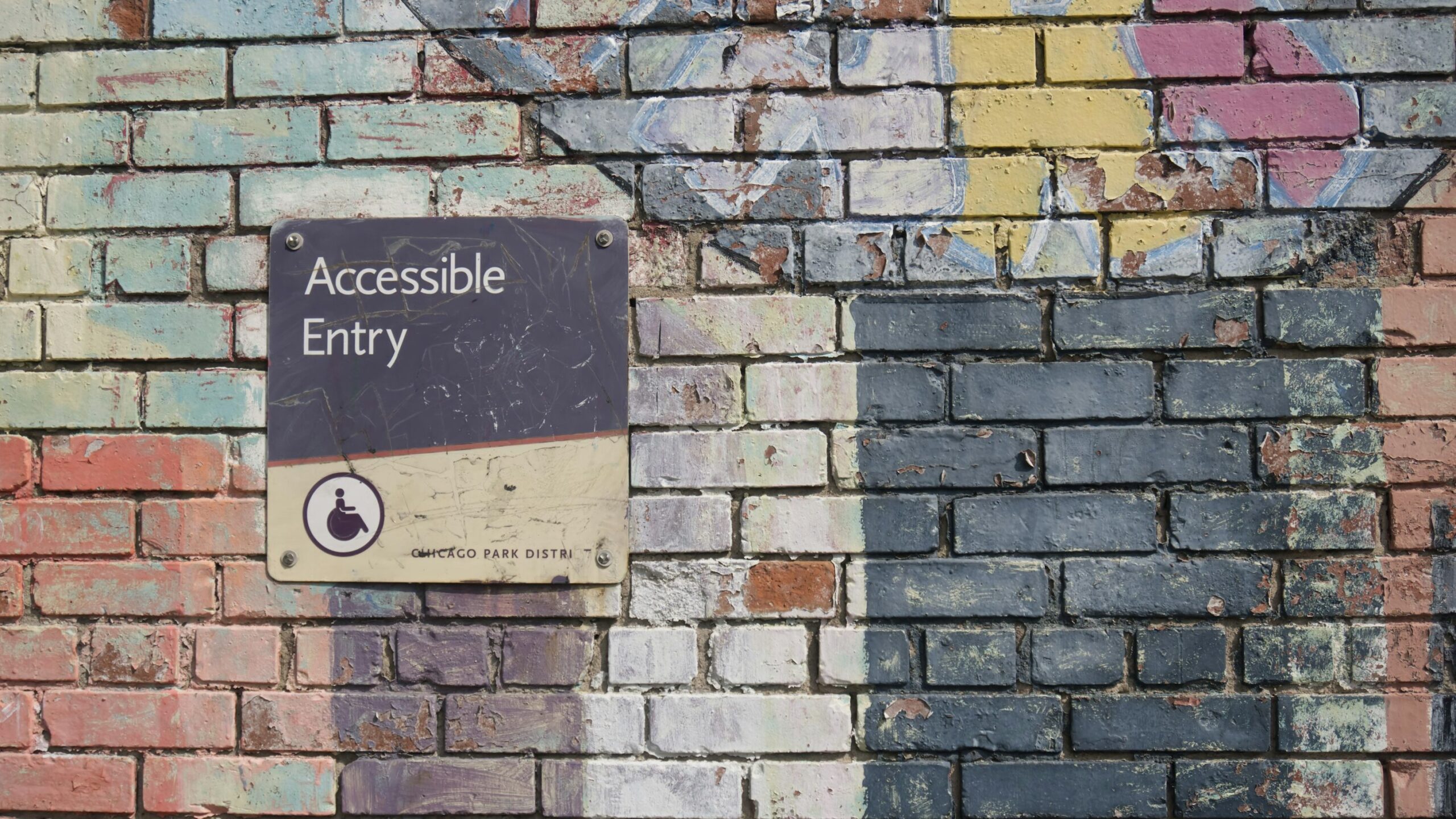Understanding the Scope of User Diversity
While accessibility guidelines often focus on specific disabilities like visual or motor impairments, it’s important to recognize the broader spectrum of user diversity. This includes:
Cognitive Differences
Users with learning disabilities, ADHD, or dyslexia may require alternative information presentation formats or simplified interfaces.
Situational Impairments
Users in low-light environments, those wearing gloves, or operating devices with limited mobility might need alternative interaction methods.
Cultural and Linguistic Differences
Language barriers necessitate localization efforts, and cultural considerations can influence information hierarchy and user expectations.
By acknowledging this wider range of user needs, we can move beyond basic compliance to create truly inclusive experiences.

Challenges and Considerations in Accessible UX Design
Technical Complexity
Integrating accessibility features requires technical knowledge and ongoing maintenance. Striking a balance between feature-richness and accessibility is crucial.
Balancing User Needs
Catering to diverse needs can lead to complex interfaces. Prioritization and user research are essential to ensure core functionalities remain accessible for all.
Limited Resources
Smaller companies or teams might have limited resources for accessibility testing and implementation. However, even small steps towards accessibility can significantly improve user experience.

Accessibility Beyond Websites: Expanding the Focus
Accessibility extends beyond websites and web applications. Here are some additional areas to consider:
Mobile Apps
Mobile app interfaces should be optimized for various screen sizes, touch interactions, and accessibility features built into mobile operating systems.
Desktop Applications
Software programs should be compatible with screen readers and allow for keyboard navigation alongside mouse control.
Physical Products
User manuals, product packaging, and physical interfaces should be designed with accessibility in mind, using clear labeling, braille or high-contrast options where appropriate.
The Role of User Research in Accessible UX Design
User research is an essential component of accessible UX design. Here’s how it plays a role:
- Understanding User Needs: Through surveys, interviews, and usability testing with users with disabilities, we can gain valuable insights into their specific challenges and preferences.
- Identifying Accessibility Barriers: User testing can help uncover areas in your design that might be difficult for users with disabilities to navigate or understand.
- Iterating and Improving: Based on user feedback, you can refine your design to address accessibility concerns and ensure a more inclusive experience.

Tools and Resources for Accessible UX Design
Fortunately, there are a wealth of tools and resources available to help designers create accessible experiences:
- Accessibility Testing Tools: These tools can automatically scan your website or application for accessibility issues, such as missing alt text or insufficient color contrast.
- Accessibility Guidelines: WCAG (Web Content Accessibility Guidelines) offers a comprehensive set of guidelines for making web content accessible. Similar guidelines exist for mobile apps and other digital products.
- Accessibility Design Patterns: Pre-designed solutions like keyboard shortcuts or alternative input methods can be incorporated to streamline accessibility implementation.

Building an Accessibility-Centric Culture
Creating a culture of accessibility within your organization is key to long-term success. Here are some strategies:
- Accessibility Training: Educate your team members about accessibility principles and best practices.
- Accessibility Champions: Appoint team members who are passionate about accessibility to advocate for its importance and provide guidance to colleagues.
- Accessibility Audits: Regularly conduct accessibility audits to identify and address any accessibility issues in your products.
The Business Case for Accessible UX Design
Beyond the ethical imperative, there’s a strong business case for accessible UX design:
Increased Market Reach
Making your products accessible opens doors to a wider audience, including the significant market segment of people with disabilities.
Improved User Experience
Good accessibility practices often lead to a more streamlined and user-friendly experience for all users, not just those with disabilities.
Enhanced Brand Reputation
Companies committed to accessibility are perceived as more inclusive and socially responsible, leading to positive brand perception.
Reduced Legal Risk
Complying with accessibility regulations minimizes the risk of legal action.

Examples of Accessible UX Design in Action
Real-world examples showcase the power of accessible UX design:
- Subtitles and closed captions: These features allow people with hearing impairments to follow along with audio content.
- Screen reader compatibility: Accessible websites can be read aloud by screen reading software for users with visual impairments.
- Voice control interfaces: Voice assistants and voice-controlled features provide alternative interaction methods for users with limited mobility or dexterity.
- High-contrast themes: Many platforms offer high-contrast themes that improve readability for users with visual impairments.
These are just a few examples, and as technology evolves, so too will the possibilities for accessible UX design.
The Future of Accessible UX Design: Emerging Trends and Opportunities
The landscape of accessibility in UX design is constantly evolving, with new technologies and trends shaping the way we create inclusive experiences. Here’s a glimpse into what the future might hold:
Artificial Intelligence (AI)
AI-powered tools can automate accessibility testing, identify patterns in user behavior related to disabilities, and even personalize user interfaces based on individual needs.
Augmented Reality (AR) and Virtual Reality (VR)
These immersive technologies present both challenges and opportunities for accessibility. Developers will need to consider factors like spatial audio, haptic feedback, and visual adjustments to ensure these experiences are inclusive for all users.
Voice Interfaces
As voice-controlled interfaces become more prevalent, ensuring they are accessible for users with speech impairments or accents will be crucial. This might involve implementing advanced speech recognition algorithms and offering alternative input methods.
Biometric Authentication
Fingerprint scanners and facial recognition systems need to be designed with accessibility in mind, offering alternative authentication methods for users who may not be able to utilize these technologies.
The Internet of Things (IoT)
As everyday objects become connected to the internet, their interfaces must be accessible to users with disabilities. This could involve voice control, tactile feedback, or integration with assistive technologies.
By embracing these emerging trends and staying informed about accessibility best practices, UX professionals can continue to create digital experiences that are truly inclusive and empower everyone to participate in the evolving digital world.
Beyond Compliance: The Ethical Imperative of Inclusive Design
Accessibility goes beyond simply adhering to regulations. It’s about creating a more equitable and inclusive society where everyone has the opportunity to access information, connect with others, and participate in the digital economy.
Imagine a world where someone with visual impairments can independently navigate an online store, a person with motor limitations can easily manage their finances through a banking app, or someone with a learning disability can access educational resources without difficulty. This is the power of inclusive design, and it’s a vision worth striving for.

Collaboration and Advocacy: Building a Stronger Accessibility Ecosystem
Creating a truly accessible digital landscape requires collaboration and advocacy from various stakeholders:
- UX Designers and Developers: They are at the forefront of implementing accessibility principles in the design and development process.
- Policymakers: Governments have a role to play in establishing and enforcing accessibility standards across different industries.
- Accessibility Advocacy Groups: These organizations raise awareness about accessibility issues and advocate for inclusive design practices.
- People with Disabilities: Their lived experiences and insights are invaluable in shaping accessible solutions.
By fostering collaboration and open communication, these groups can work together to break down accessibility barriers and create a more inclusive digital future.
Measuring the Impact of Accessible UX Design
To measure the effectiveness of your accessibility efforts, consider these metrics:
- Accessibility compliance audits: Regularly assess your products against accessibility guidelines to identify and address any shortcomings.
- User feedback surveys: Gather feedback from users with disabilities about their experience with your product and identify areas for improvement.
- User engagement metrics: Track how users with disabilities interact with your product compared to the overall user base. This can include metrics like time spent on the platform, completion rates of tasks, and conversion rates.
By measuring the impact of your efforts, you can demonstrate the value proposition of accessibility and make data-driven decisions to further enhance accessibility within your organization.

A Shared Responsibility for an Inclusive Digital Future
Accessibility in UX design is not a one-time fix or a checkbox to tick. It’s an ongoing process that requires continuous learning, adaptation, and a commitment to inclusion. By prioritizing accessibility throughout the design and development process, we can create digital experiences that are not only usable but also empower and elevate the lives of everyone.
Let’s embrace the responsibility of creating a more inclusive digital world where everyone, regardless of their abilities, can thrive and participate in the vast opportunities offered by technology. This journey towards an accessible future requires a collective effort, and together, we can make a significant impact on building a more equitable and inclusive digital landscape.
Related Posts:
User Feedback: The Golden Key to Unlocking Digital Success
Integrating Psychology for Superior User Experience
What is Problem-Solving in the Design World?
Unveiling the Magic: UI vs. UX Design
